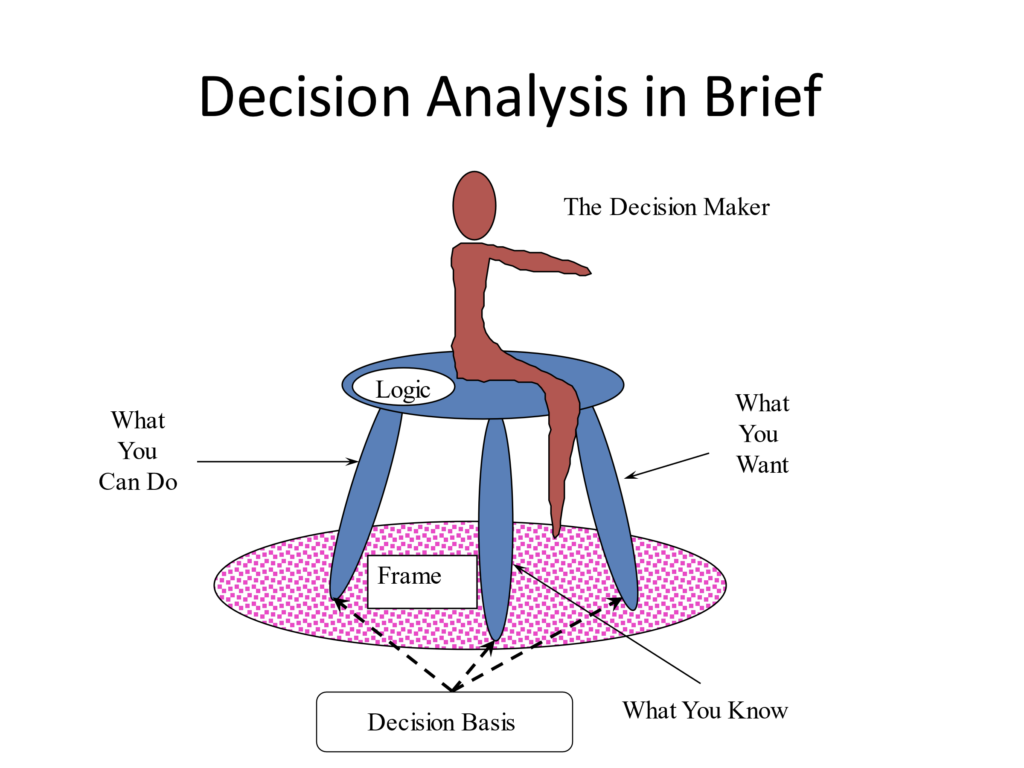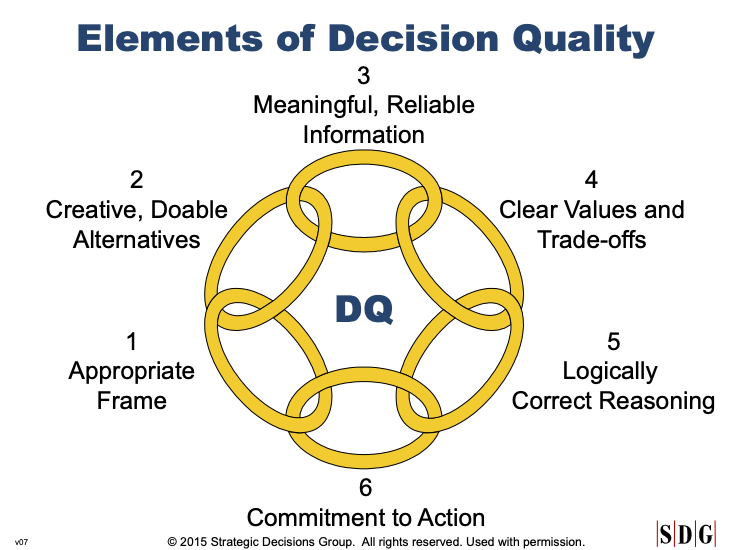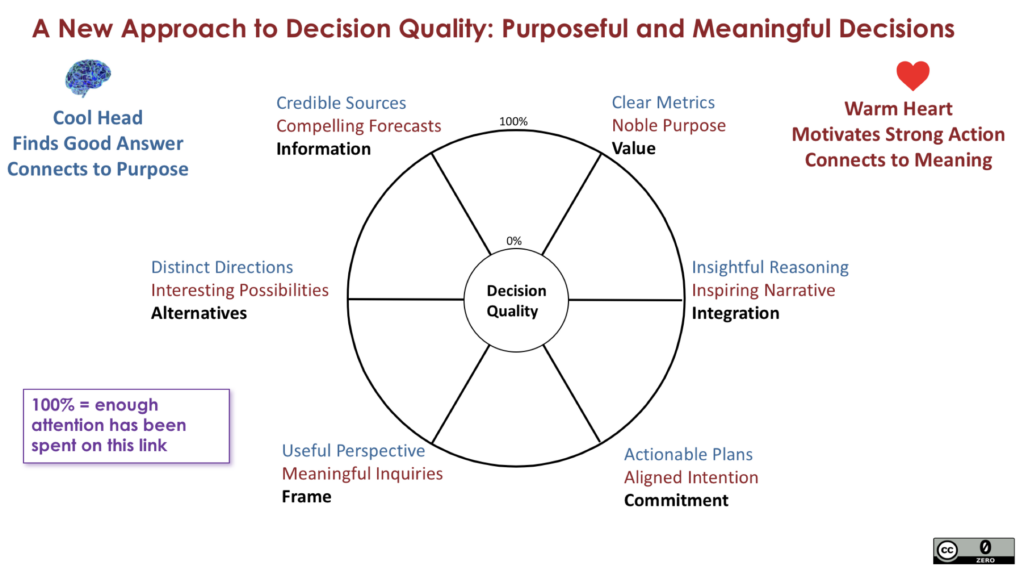Template for your mapping
Download the template and fill with your own mapping.
Awakin Circles and Ganoba
I met the mentor whose story comes at the start of this chapter at an Awakin Circle. A piece of Ganoba’s wisdom was featured for an Awakin circle reading right after his passing. It is titled Our Environment is an Integrated Whole.
Descriptive Research on Decision-Making
- Daniel Kahneman’s work Thinking Fast and Slow summarizes foundational research of several decades, particularly the work Kahneman did with Amos Tversky.
- Here is their classic paper from 1974 that is considered a foundational contribution to our understanding of biases: Judgment under Uncertainty: Heuristics and Biases.
Decision Analysis
- Decision Analysis: Applied Decision Theory is the publication that started the field of Decision Analysis. This 1965 paper is powerfully written and still a great read.
- The most current articulation of Decision Analysis can be found in Foundations of Decision Analysis by Ronald A. Howard and Ali Abbas.
- An older and freely available work on Decision Analysis is Decision Analysis for the Professional by Peter McNamee and John Celona.
- Two organizations that promote Decision Analysis are:
Decision Quality
- The Decision Quality framework can be found in different articulations from different sources.
- From Prof. Ronald Howard:

Prof. Howard notes: The metaphorical tool I do use to present the notion of decision quality is a three-legged stool (See figure above). The three legs correspond to the three elements of the decision basis: alternatives, information, and preference. This tool is three-legged because omitting any element of the basis eliminates the decision problem. The seat of the stool is the logic used to arrive at a course of action once the basis is specified. Finally, a person sitting on the stool is responsible for creating the basis and applying the logic. No person, no basis. The person is also responsible for placing the school where it will be most valuable, the selection of the frame. You can even push the metaphor further, by thinking of the ground as uneven, and the person having to adjust the legs of the stool (the basis) as appropriate.
- From Dr. Carl Spetzler and Strategic Decisions Group:

This representation shows the six elements as a chain, and uses the visualization to make the point that your decision is as weak as the weakest link in the chain. The book Decision Quality brings out this framework. - From Dr. David Matheson and SmartOrg:
- From Prof. Ronald Howard:

The above is an adaptation of the SDG framework adding in a heart dimension. SmartOrg’s free course presents this framework.
Policing with Values
The work on the Stanford University Department of Public Safety (SUDPS / Stanford Police Department) comes from my PhD dissertation, Achieving Clarity on Value (Page 39-67). A more readable form of the research is in this Medium article: The Good Samaritan and the Police Department that Insourced Compassion.
